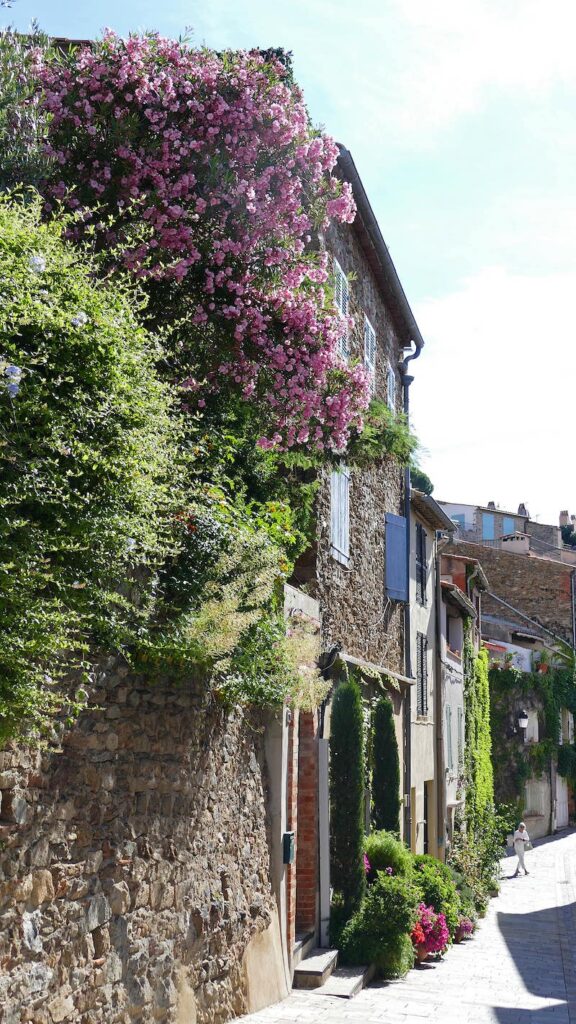Resilient price trends: A glimmer of hope amidst uncertainty
In the intricate tapestry of France’s real estate landscape, the month of October emerged as a nuanced chapter, defying traditional patterns. Typically marked by a post-summer surge followed by a seasonal dip, this October brought a departure from the expected script. Despite a summer relapse, the month revealed a remarkable resilience in price trends. The intricate dance of figures showcases a complex picture — new house prices, after a rapid 2.1% decrease in the summer, experienced an unexpected 2.2% uptick on a rolling quarterly basis. These figures not only hint at the market’s adaptive capacity but also suggest a potential trajectory toward stabilization following a challenging period.
Suburban Renaissance

A strategic shift is unmistakably evident as demand moves from expensive city centers to more financially accessible suburbs and provincial areas. The Île-de-France region, traditionally a real estate powerhouse, faced the most significant price decline, contributing to a national trend with a 4.7% year-on-year drop in existing apartment prices by October’s end. These figures underscore the broader challenges of affordability, primarily linked to limitations in access to credit credit. Amidst widespread price declines, certain provincial cities are experiencing increases, emphasizing the nuanced interplay between pricing, demand, and regional attractiveness.
Negotiation Realities: Unveiling Complex Dynamics Through Numbers

Negotiation opportunities are slim on the French Riviera as demand is still very high.
The intricacies of negotiation dynamics took center stage in October, revealing historically high margins and exemplifying the ongoing tug-of-war between buyers and sellers. Negotiation margins for the entire real estate market stood at 7.4%, showcasing a notable 64% increase year-on-year. Delving into regional variations, areas with lower prices, such as Auvergne, Champagne-Ardenne, Limousin, and Picardie, maintained the highest margins, indicative of a market in flux.
Conversely, regions with high prices, including Ile de France, PACA, and Rhône-Alpes, often witnessed lower margins due to a scarcity of supply unwilling to compromise on prices. This intricate dance between credit challenges, negotiation dynamics, and the broader economic context paints a comprehensive picture of the complexities defining the current state of the French real estate landscape.
October Sales Decline Amidst Credit Challenges

The challenges in France’s real estate sector extend beyond price dynamics, delving into the intricate realms of access to credit and its profound impact on sales. The current level and the two-year increase in credit rates have effectively diminished the purchasing power of borrowers. Simultaneously, the increase in the required down payment (up by12% since 2021) has demanded additional « savings, » proving elusive for many borrowers. In the case of prospective buyers, this requirement equates to a substantial 16% of their annual income. Consequently, over 80% of the observed drop in existing home sales since 2021 can be attributed to the absence of borrowers with the lowest personal contribution rates (contribution rate below 20%).
These challenges resonate not only as statistical trends but as tangible realities for individuals navigating the complex landscape of real estate transactions. The demand is caught between high prices in the existing market (still rising in many areas) and the bank’s requirements for a high level of down payment. Buyers wish to negotiate, while sellers, forced to lower listed prices to expedite transactions, often prefer to forgo the sale.
Navigating the Seas of Change
As we delve into the myriad numbers shaping France’s real estate panorama, it becomes evident that this is not just a story of market trends; it’s a narrative of individuals, aspirations, and the economic forces that define our times. The resilience observed in price trends, the shifting dynamics of demand, the intricate dance of negotiations — all underscore the adaptability of the real estate market. Yet, these adaptations come against the backdrop of significant challenges, especially in the realm of access to credit and its reverberating impact on sales.
